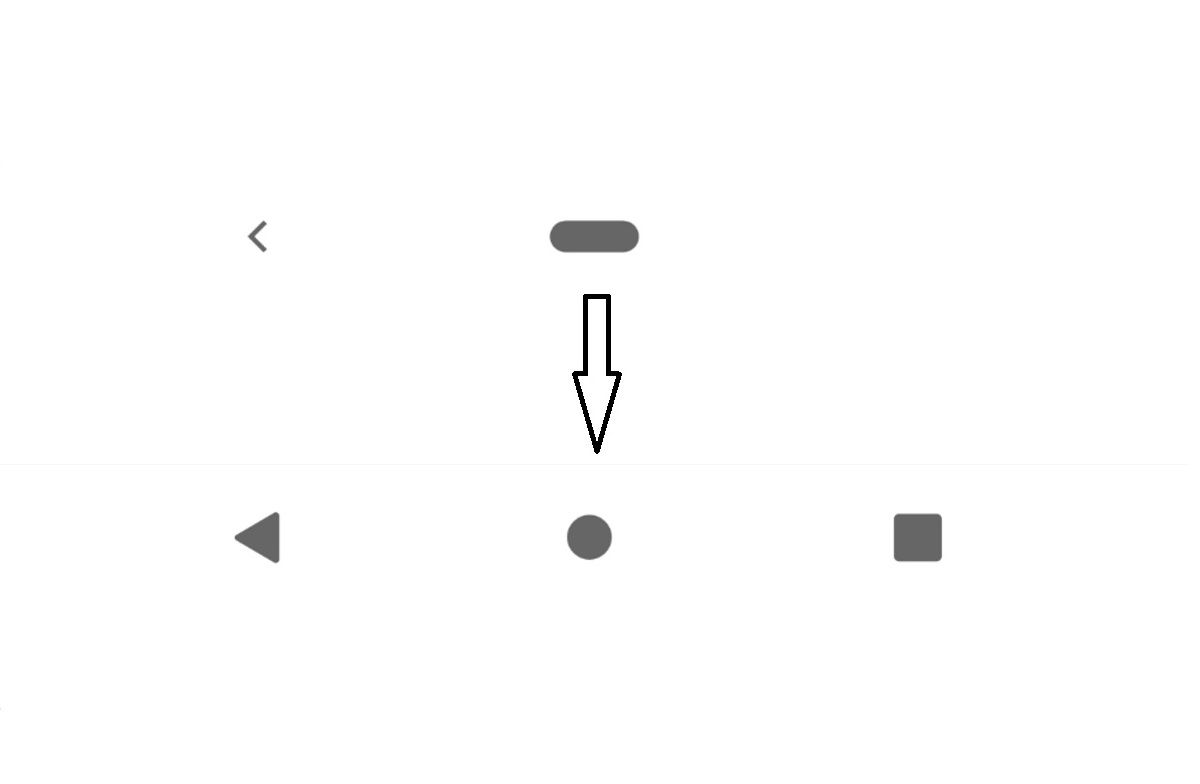If you've used an Android smartphone before the Google Pixel 3, you're probably familiar with the 3 button navigation bar layout of back, home, and recent apps overview. In Android Pie, Google introduced gesture navigation which lets you swipe up to see recent apps, swipe right to switch to the previous app, swipe right and hold to scroll between recent apps, press the back button, or press the home button. Google made this new style of navigation optional for all devices upgrading to Android Pie like the Google Pixel and Google Pixel 2, but made it mandatory on the Google Pixel 3. If you've been wondering how to disable the new Android Pie gestures on the Pixel 3 or Pixel 3 XL, there's an unofficial way to do so.
Background
In Android 9 Pie, Google integrated the new style of navigation with the revamped, horizontal recent apps overview into the pre-installed launcher app. On the Google Pixel 3, that's the Pixel Launcher. In previous versions of Android, the recent apps overview was tied to the SystemUI. If, for some reason, the pre-installed launcher app is uninstalled on an Android Pie device, then the system will fall back to using the old recent apps style and the gestures will no longer work. So if we can somehow uninstall the stock Google Pixel Launcher, we'll disable the gesture navigation. Our last step would then be to re-enable the old 3 button navigation bar layout. Here's how to do all of that, without root.
Note: you won't be able to use the original Google Pixel Launcher if you want to disable the Android Pie gestures on the Google Pixel 3. You can easily side-load the Pixel Launcher again if you decide you want to go back to gesture navigation, however. Alternatively, you can use something like Rootless Pixel Launcher which is an enhanced version of the stock launcher.
How to disable Android Pie gestures on the Google Pixel 3
- Install any 3rd-party launcher of your choice. This is a must because otherwise, you won't have a launcher app left once we're done with this tutorial!
- Set up ADB on your PC. Here's a tutorial we previously wrote that you should you through the process.
-
Connect your Pixel 3 to your PC and open up a command prompt/terminal in the directory where you downloaded the ADB binary. Enter the following command depending on your OS:Windows Command Prompt
adb shell.\adb shell./adb shell -
Now, enter the following command to uninstall the Pixel Launcher from the current user.
pm uninstall -k --user 0 com.google.android.apps.nexuslauncher -
Now, enter this command to re-enable the stock navigation bar after reboot. This is the setting you'll be changing by issuing the below command.
settings put secure system_navigation_keys_enabled 1 -
Reboot your Pixel 3.
- Once you're booted back up, you should see the original 3 button navigation bar layout and the original vertical stacked card recent apps overview.
How to re-enable Android Pie gestures on the Google Pixel 3
If you want to go back to using the new gestures, you'll need to re-install the Pixel Launcher. Just download it from here and then side-load it like you would any other app. It's signed by Google so it's safe. After you side-load it, you'll have to reboot to fix the crashing and bring back the old gestures.
Side-note: If you have root access, there will be ways to bring back the old navigation bar layout without disabling the Pixel Launcher. We'll follow up once Magisk is updated to be compatible with the Pixel 3.


